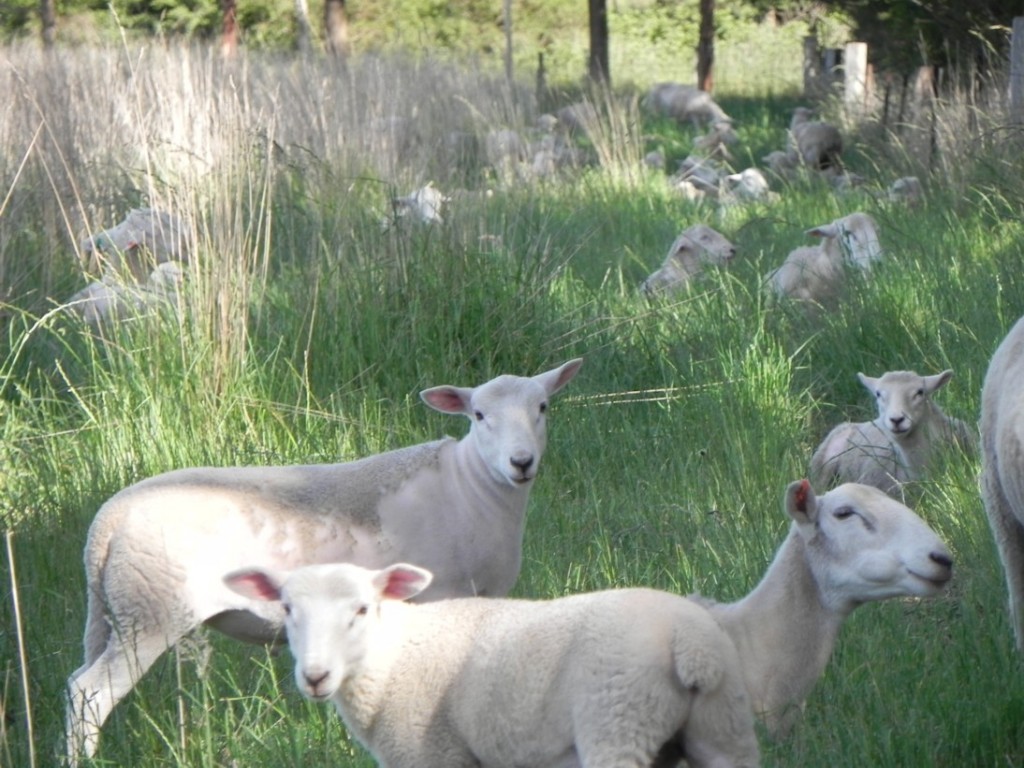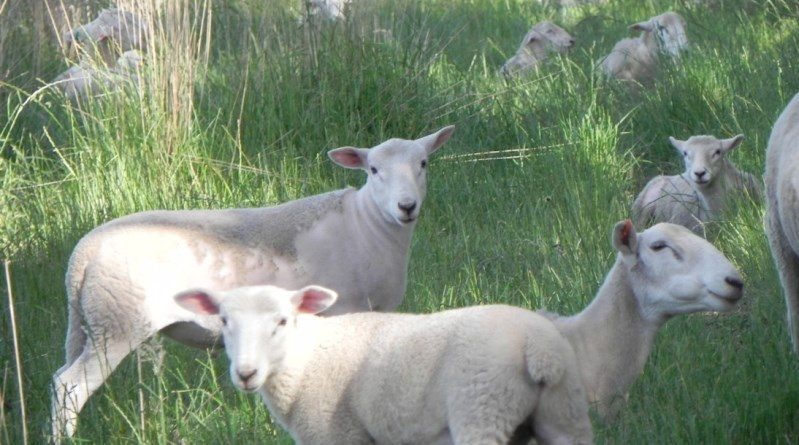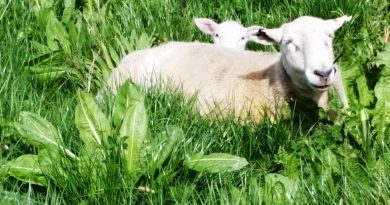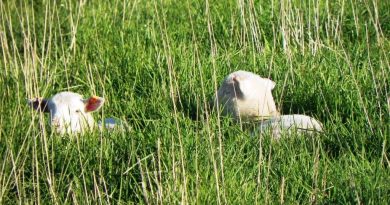Wiltipoll lambing encouraging
By Patrick Francis
The ewe lambs purchased in March 2012 from Gee Tee stud have lambed and lambs have been weighed at 10 weeks of age. The results are encouraging.
- Maiden ewe joining weight averaged 50 kg (range 44 kg to 64 kg)
- 87% of ewes conceived and lambed.
- One Wiltipoll yearling ram was joined to the flock from mid March to mid June (Wiltpoll ewes are seasonally anoestrus with a peak fertility period confined to March, April and May)
- 96% of ewes lambed over eight weeks (September and October); all lambed over 11 weeks
- 114% lambs were born from ewes conceived
- 100% lambs marked from ewes conceived (deaths were still born 50%, foxes 50%)
- Average ewe weight 11 weeks after start of lambing was 67 kg
- Average lamb weight 11 weeks after start of lambing was 23.5 kg (lamb age was 56 to 77 days).
- Ewes graze year round green, perennial grass dominant pastures. Grazing is for 7 to 14 days in each paddock with green dry matter on entry around 4000 kg/ha; on exit around 2500 kg/ha. Ewe grazing pressure averages 45 dse/ha. Pasture rest between ewes grazing was approximately 12 weeks. Yearling steers grazed pastures (at an average 100 dse/ha) approximately 4 – 6 weeks before ewes.
- Rainfall at Moffitts farm: Winter rainfall was the wettest recorded. Thick perennial grass dominant pastures were resilient to cattle hoof impact with minimal damage despite waterlogged conditions for such a long period.
- In Spring rainfall stopped with October and November being significantly below average. Pastures maintained prolific growth due to excellent soil moisture. General observations were that Porto cocksfoot was negatively impacted by winter waterlogging (the first time it has occurred since being sown in the 1990s). In contrast, the summer active tall fescues seemed to grow exceptionally well, especially in October; however its palatability seemed to be negatively affected. Tall fescue palatability has not been an issue before and it may be a seasonal affect.
- Shedding: By mid November all ewes have shed a significant proportion of wool with about 25% most of their wool, and about 10% still with 75% of wool. Lambs have started shedding with some as much as 50% shed.





